80% of companies use customer segment analysis and report a significant boost in sales. This highlights the importance of understanding customers on a granular level.
Suppose you’ve poured your heart and soul into creating a fantastic product. You know it has the potential to be a game-changer. But somehow, sales are sluggish. The truth is, even the best products can fall flat if they aren’t reaching the right people.
These days, taking a generic approach to customer engagement simply doesn’t cut it. To truly stand out, businesses must recognize the unique needs of different customer groups. This is where customer segmentation analysis becomes crucial.
This blog is your guide for understanding customer segmentation analysis. I’ll walk you through the different segmentation types, share the benefits it brings, and give you a step-by-step roadmap for implementing it in your business.
What Is Customer Segmentation Analysis?
Customer segment analysis is a process that companies use to understand the different groups within their audience better and improve their marketing efforts. Instead of treating everyone equally, businesses divide their audience into smaller groups according to their preferences and needs.
The categorization of customers into different groups is based on their traits like:
- Location
- Product usage
- Purchase value
- Average lifetime value
- Purchase behavior
- Lifestyle
This process includes several key steps: identifying the different customer groups, targeting the right ones with messages that speak to them, and evaluating how well those efforts work.
Companies can choose from various methods for performing this analysis, depending on how they collect data, what tools they use, and the size of their customer base. Understanding the differences between customers helps visualize your most profitable customers—the ones with high purchase potential and frequent users. This would help develop personalized strategies to target each segment individually.
Various Types of Customer Segmentations
To effectively categorize your audience, you need to consider various factors and choose the segmentation types that best align with your business goals. Here’s a breakdown of the most common approaches:
Segmenting Customers Based on Who They Are
Understanding who your customers are is the first step to successful customer segmentation. This involves looking into their background, behavior, and what matters to them. Here’s a breakdown of the types based on “who your customers are”:
- Psychographics
Psychographic segmentation focuses on the “why” behind customer behaviors. It looks at:
Lifestyle: Identify whether your customers are adventurous or more laid-back. Tailor your products/services and marketing communication to resonate with their lifestyle—offering active, outdoors-oriented products for adventurous customers or relaxed, comfort-focused offerings for those who prefer a more laid-back approach.
Interests: Discover what your customers are passionate about, such as sports, technology, or travel. Use this insight to create campaigns and products that align with their interests, making your marketing more relevant and engaging by connecting with their passions.
Values: Understand what your customers believe in, whether it’s sustainability, social justice, or innovation. By aligning your brand with their core values, you can foster deeper connections and build trust, showing that you share similar beliefs and priorities.
Personality: Assess whether your customers are bold and outgoing or more reserved and thoughtful. Adjust your communication style to match their personality—using energetic, bold messaging for outgoing customers or calm, thoughtful tones for more introverted ones, making your brand feel more relatable and personal.
- Demographics
Demographic segmentation involves using easily accessible information to categorize customers. Key demographic factors include:
Age: Recognize that different age groups have distinct needs and preferences. Tailor your product offerings, services, and marketing messages to appeal to the specific desires of each age group, such as focusing on trendy items for younger customers or practical solutions for older generations.
Gender: Tailor your marketing and products to suit the preferences of different genders. For example, marketing men’s clothing will emphasize different styles, features, and messaging compared to women’s clothing, ensuring the content resonates with each audience.
Income: Understand that high-income individuals often seek luxury and exclusive products. Position your brand accordingly, offering premium options, personalized services, and sophisticated marketing to attract and retain high-net-worth customers.
Education: Segment your audience based on their educational background, especially in sectors like schools and universities. By targeting students based on their level of education, you can create more relevant offerings, from undergraduate programs to specialized postgraduate services.
Family Structure: Recognize that a young family has different needs compared to a single person. Offer family-oriented products, services, and promotions while creating tailored experiences for single individuals that align with their lifestyles and priorities.
For example, a company selling baby products might advertise through parenting magazines or family websites, targeting parents in a certain age range or income level.
- Geographic Segmentation
Where your customers live plays a significant role in their needs and preferences. Geographic segmentation considers factors such as:
Location: Understand that urban and rural customers have different needs. Urban dwellers may prioritize convenience and modern amenities, while rural customers might value practicality and outdoor products, requiring tailored marketing strategies for each group.
Climate: Recognize that climate influences customer needs, such as companies selling winter coats targeting customers in colder regions. Tailor your offerings and marketing campaigns to align with the specific weather conditions of the areas you serve.
Culture: Adapt your marketing messages to resonate with the cultural values and traditions of different regions. Cultural differences can influence purchasing decisions, so ensure your messaging respects and connects with the local culture, fostering a deeper connection with customers.
Language: Communicate with customers in their native language to improve understanding and engagement. Effective marketing relies on clear, culturally appropriate messaging, so offering content in multiple languages ensures a wider reach and better customer response.
- Firmographics
Firmographic segmentation is used when businesses sell to other companies (B2B). This focuses on:
Industry: Identify the industries your business serves, such as healthcare, finance, or education. Customize your product offerings, services, and marketing strategies to meet each industry’s specific needs and challenges, improving relevance and value.
Company Size: Analyze whether your customers are small businesses or large corporations. Offer tailored solutions that fit their different needs—smaller businesses may need more cost-effective, flexible options, while larger companies may prioritize scalability and comprehensive features.
Revenue: Focus on targeting businesses based on their revenue size. Create pricing models, packages, and services that cater to companies of varying financial capacities, from startups with tight budgets to larger enterprises that can invest in premium solutions.
For example, a business that sells office supplies might offer discounts to large companies and customized solutions for smaller businesses.
Segmenting Customers Based on What They Do
While knowing who your customers are is important, understanding what they do is just as valuable. This behavior-based approach looks at how customers engage with your business, such as their purchasing habits, engagement levels, and overall experience with your brand.
- Behavioral Segmentation
There are a few important metrics that help businesses understand customer behavior:
Basket Size: Track how much a customer spends per transaction. Use this data to encourage bigger purchases through upselling (offering more expensive items) or cross-selling (suggesting related products).
Tenure: Monitor how long a customer stays loyal to your brand. Identify when they might be drifting away and create strategies to keep them engaged and coming back.
Wallet Share: Calculate the percentage of a customer’s total spending that goes to your business. Increase your share by offering targeted promotions and incentives to boost their spending with you.
Long-Term Loyalty: Combine wallet share and tenure to pinpoint your most valuable customers. Focus on nurturing these relationships to maintain their loyalty and encourage continued spending over time.
Usage Rate: Look at how often customers use your product or service. Regular users may enjoy loyalty rewards, while occasional users can be encouraged to buy more often with special deals.
Benefits Sought: Find out what your customers want most—whether it’s convenience, quality, or affordability. This will help you highlight the parts of your product that matter most to them in your marketing.
Engagement Level: Track how much customers interact with your brand by shopping often or following you on social media. For active customers, offer special perks, while for less active ones, use targeted messages to get them more involved.
- Technological Segmentation
In today’s digital age, it’s essential to consider how customers interact with technology. This includes:
Device Usage: Identify whether your customers primarily use smartphones, laptops, or tablets. Use this information to optimize your website and marketing materials for the most commonly used devices, ensuring a seamless experience across different platforms.
Operating System: Determine whether your customers are Apple or Android users. Tailor your app development, website compatibility, and marketing strategies to fit each operating system’s specific features and preferences, which ensures your offerings work flawlessly for both groups.
Software Usage: Track which apps or platforms your customers frequently use. This data allows you to integrate your services with popular tools or target them through ads on the platforms they are most active on, increasing the likelihood of engagement.
Tech Savviness: Assess your customers’ level of technological comfort. Adjust your communication style, product offerings, and customer support based on your tech skills—offering simpler, more straightforward guidance for less tech-savvy users and advanced options for more experienced users.
Other Common Segmentations
- Value-based Segmentation
Focus on the financial value of your audience segments to determine where to invest your marketing budget. Analyze customer lifetime value to identify the most profitable groups and prioritize efforts on leads that are more likely to generate higher returns.
- Needs-based Segmentation
Segment your audience based on their current emotional, physical, or financial needs. Use research to identify specific product needs, such as targeting college students and professionals for affordable desks or stay-at-home parents for children’s coloring desks, ensuring personalized and relevant marketing.
4 Customer Segmentation Methods
1. Surveys
Surveys and customer forms are among the best sources of zero-party data that can reveal valuable insights about your customers. You can use this to gauge their experience, issues, problems, expectations, behavior, and lifestyle.
The best part is the flexibility of deployment and cost-effectiveness. You can use a dedicated survey tool like Qualaroo to deploy the surveys on multiple platforms, such as your website, app, and mail, to target specific customers.
It can help you collect different data sets related to demographic, psychographic, technographic, and other characteristics.
Another benefit of using surveys is relevancy. Suppose you are targeting multiple segments using the same survey on your website. In this case, you can use question branching to collect relevant information from respondents.
With skip logic, the respondents would see the next question based on the previous answers.
So, you can even disqualify irrelevant respondents from the survey using screening questions.
Case Study:
How Udemy Uses Surveys to Augment Traffic Attribution
2. Customer Management System or CMS
A customer management platform such as BIGContacts is the next best source of customer segmentation data for you.
You can use it to create value-based and behavioral segments with data like:
- Contact information
- Purchase history
- Interaction history
- Usage history
- Lifetime value
- Churn data
- Average value
- Preferred communication channel
3. Behavioral Data
Next in line come behavioral tools like heatmaps and session recordings. These help in mapping user flows and on-page customer behavior. You can visualize the steps customers take to complete the goals and where they struggle.
This data type is useful for gauging the product experience of different customer types, such as new users, early adopters, and churned customers. You can analyze the data to resolve issues and streamline product workflows to deliver customer delight.
4. Analytics Data
Analytical tools like Google Analytics (GA) can help you understand your website’s customer behavior and journey if you host a website or app. You can gather data on various interactions, like:
- Most visited pages,
- Average cart value
- Traffic sources
- Goal completion rate
How Customer Segmentation Analysis Can Benefit Your Business?
Customer segmentation is a valuable strategy that can help businesses improve their performance. Below are the customer segmentation benefits:
- Adapt to Changing Customer Needs
Customer behaviors are dynamic, so your strategies must evolve with them. The world is constantly changing—think of how shifts in work culture, dining habits, and even technological advancements have shaped customer needs. To stay relevant, your segmentation models need to be flexible, allowing you to track and adjust to these evolving trends.
Successful businesses continuously reassess their segments to ensure they’re in tune with what their customers are looking for. By understanding the underlying reasons behind your customers’ decisions, you’ll be better equipped to handle shifts in the market and engage with new, emerging customer segments more effectively.
- Find New Product Ideas
Segmenting your customers gives you a clearer picture of what different groups want or need. By understanding each segment’s distinct characteristics and preferences, you can identify gaps in the market or unmet needs that could lead to the development of successful new products or services.
For example, if one segment of your customers consistently expresses a desire for a more affordable version of a premium product, you could innovate by offering a budget-friendly option that still delivers value. Segmentation doesn’t just help you sell more of what you already have—it opens up opportunities for growth by highlighting areas where new offerings could thrive.
- Deliver Personalized Experiences at Scale
As consumer behavior evolves, customers are increasingly seeking personalized experiences, and they’re willing to spend more when they feel understood. In fact, over two-thirds of consumers report that personalized attention can make a big difference in their purchasing decisions.
It also makes it easier to gain new opportunities by identifying emerging segments and tracking how customers shift between them. For example, a young professional might progress from a low-paying job to a higher-income bracket, requiring a different approach to marketing as their financial situation and life stage change.
- Make Marketing More Impactful
Marketing isn’t one-size-fits-all—people want messages that speak directly to them. Segmentation helps send your message to the right person, which makes your marketing much more effective. Instead of using a general ad that tries to appeal to everyone, you can create tailored messages that address specific needs.
For example, if you sell fitness equipment, you could target people who want to lose weight with ads about weight-loss workouts while targeting fitness enthusiasts with ads about muscle-building gear. Customers who see something that matches their interests are more likely to engage and purchase.
- Boost Brand Loyalty and Customer Lifetime Value
When you get to know your customers more deeply, you can design personalized experiences that increase loyalty and encourage repeat business. Segmentation allows you to identify high-value customers who will keep coming back, ultimately increasing their lifetime value (LTV).
For example, instead of a customer making one large purchase annually, segmentation can encourage them to make smaller, more frequent purchases, leading to greater engagement over time. Even though each purchase may be smaller, the key is that customers are interacting with your brand more often, which strengthens their relationship with your business.
- Be More Efficient
Without segmentation, you might be wasting time and money on broad marketing campaigns that don’t really work for anyone. Segmentation helps you focus on the customers who are most likely to buy. Instead of trying to make a lot of effort for a broad audience, you can focus on groups that are already interested in your products or services.
This way, you’re using your resources more efficiently, reaching the right people, and getting a better return on your marketing spend. You’ll be able to get more results with less effort, saving time and money in the process.
FREE. All Features. FOREVER!
Try our Forever FREE account with all premium features!
Step-by-step Process for Customer Segmentation Analysis
With everything in order, it’s time to tackle the task of customer segmentation analysis. The data sets may seem mountainous, but the process is relatively simple.
1. Sketch the Scope of Your Project: You should have an idea of the result of your project to understand your project scope. The customer segmentation campaign’s goal would help you find and target the right people within your customer base.
2. Collate the Data Under One Screen: The next step is to bring the customer data sets under one screen. This includes all the data from CRM, GA, surveys, and service points. You can pull the data into a spreadsheet or use a tool like Kissmetics to assist you with the customer segmentation process.
3. Create Relevant Segments: Now that you have the data, it’s time to categorize it and create viable customer segments. Here is an example of different segmentation types:
| Segmentation Types | Variables | Identified Segments |
|---|---|---|
| Geographic | Country | Canada, USA, England |
| City | Quebec, Seattle, Los Angeles, London, Liverpool, Manchester | |
| Population Density | Urban, Suburban, Rural | |
| Demographic | Age | Boomer, Millennial, Gen Z |
| Level of Education | Grade School, High School Graduate, University Graduate | |
| Gender | Male, Female, Non-binary | |
| Marital Status | Single, Married, Divorced, Separated, Widowed | |
| Income | Under $10,000, $10,000-$24,999, $25,000-$39,999, $40,000-$59,999, $55,000+ | |
| Experience | (In years) | Less than 1 year, 1-3 years, 4-5 years, 5-8 years, 8+ years |
| Industry | (B2B) | IT, Automobile, Marketing, Manufacturing |
| Psychographic | Lifestyle | Student, Athlete, Office-goer |
| Behavioral | Lifetime Value | Less than $299, $300-$499, $500-$1000, $1000+ |
| Current Status | User, Ex-user, Prospect, First-time visitor, Repeat visitor | |
| Risk of Churn | High, Medium, Low | |
| Usage Rate | Regular user, Light user, Rare user |
4. Sort Through the Data to Create Profiles of Your Typical Customers: Once you’ve gathered your customer data, it’s time to make sense of it by grouping customers with similar traits. For example, if you notice people aged 20 to 25 from a certain location buying a specific product, you can create a “persona” for that group. A persona is like a detailed profile of your typical customer.
You can create different personas to find the ideal customers for your product and marketing campaigns.
Top 3 Tools for Customer Segmentation
Now that you understand the different ways to segment your customers, you might wonder how to implement this knowledge. Thankfully, there are some powerful tools available that can help you gather data, analyze customer behavior, and create effective segmentation strategies. Here are 3 of the top customer segment analysis tools to consider:
- Qualaroo
With Qualaroo, I can gather valuable insights directly from my website visitors. This user research and feedback platform helps me understand my customers better by allowing me to ask them questions while they’re on my site.
I can target specific groups, like people visiting certain pages or those in particular locations, ensuring my questions reach the right audience. Showing questions at the best times, such as when users are about to leave my site, increases the chances of getting responses. Plus, I have control over how often the questions appear, so I can ensure my visitors aren’t overwhelmed.
- Mixpanel
Mixpanel is a product analytics platform that gives me detailed data on how users interact with my site or app. It lets me track actions like which buttons they click, what pages they visit, and how they navigate the site. I can also create segments of users based on their behaviors.
For example, I can compare how users who clicked on a specific product behave differently from those who didn’t. Mixpanel helps me understand what users are doing and which features they engage with the most.
- Hotjar
Hotjar focuses more on the visual side of user behavior. It offers tools like heatmaps, session recordings, and surveys to help me understand how users interact with my site. A heatmap shows where users click the most, how far they scroll, and which areas attract the most attention.
Session recordings let me watch real-time videos of users as they navigate the site, giving me insights into their experiences and challenges. Hotjar also lets me gather direct feedback through surveys, helping me understand why users take certain actions.
Ready to Profit From Customer Segmentation?
Customer segmentation analysis isn’t just a fancy term—it’s a crucial strategy for any business that wants to succeed in today’s competitive world. Understanding the different needs, preferences, and behaviors of your customers helps personalize your approach to connect with each person, build loyalty, and drive growth.
Here are the key points to remember:
- Segmentation is about understanding
- Segmentation leads to smarter decisions
- Segmentation drives growth
Keep your business from blending in with the competition. Now, it’s your turn! Start by analyzing your customer data, using tools like Qualaroo to gather insights, identify key segments, and adjust your approach accordingly. Your customers will appreciate it, and you’ll see the positive impact on your business.
FAQs
What data is required for customer segmentation?
Customer segment analysis uses various data, including demographics (age and location), psychographics (lifestyle and interests), and behaviors (purchase history and website activity). This data can come from user feedback tools like Qualaroo, CRM systems, surveys, website analytics, and other sources.
How do small businesses benefit from segmentation analysis?
Segmentation helps small businesses focus their limited resources on the most promising customer groups. It enables them to tailor marketing campaigns, personalize communication, and improve customer retention, which leads to increased efficiency and profitability.
What are the best practices for customer segment analysis?
Effective segmentation involves identifying relevant variables, analyzing data to create meaningful segments, developing targeted strategies for each segment, and regularly evaluating and refining the segmentation approach
Can AI improve customer segmentation analysis?
Yes, AI can enhance customer segmentation. AI algorithms help analyze massive amounts of data to identify patterns and predict customer behavior. This enables more precise segmentation, personalized recommendations, and automated marketing campaigns.
 Tips
Tips
We’d love to hear your tips & suggestions on this article!
FREE. All Features. FOREVER!
Try our Forever FREE account with all premium features!

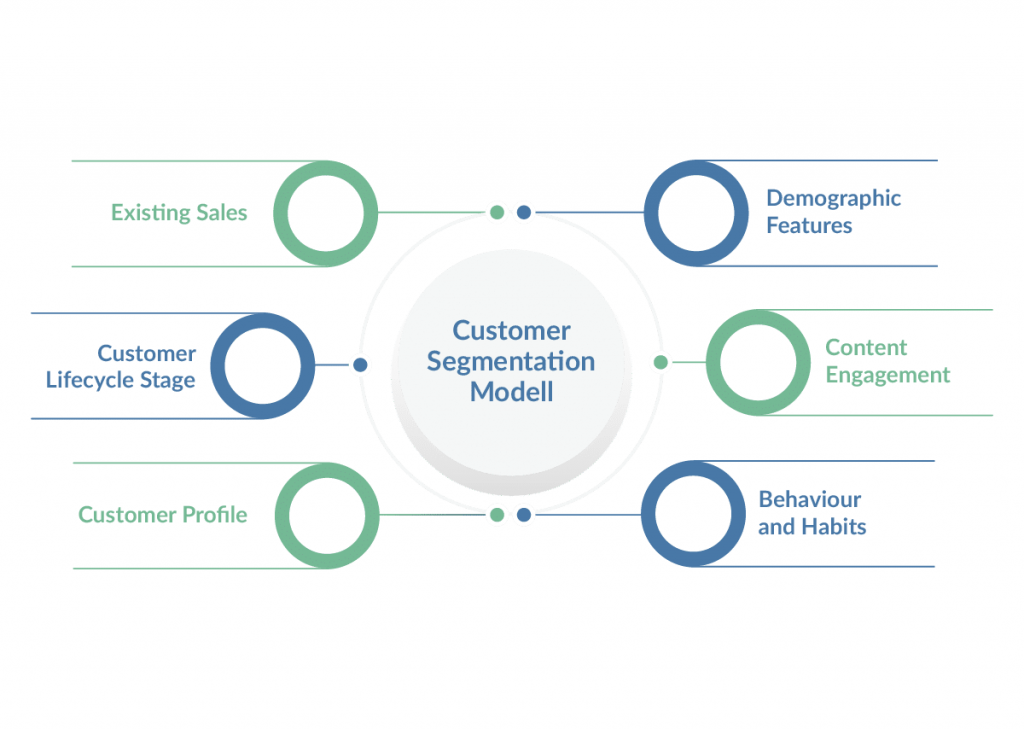
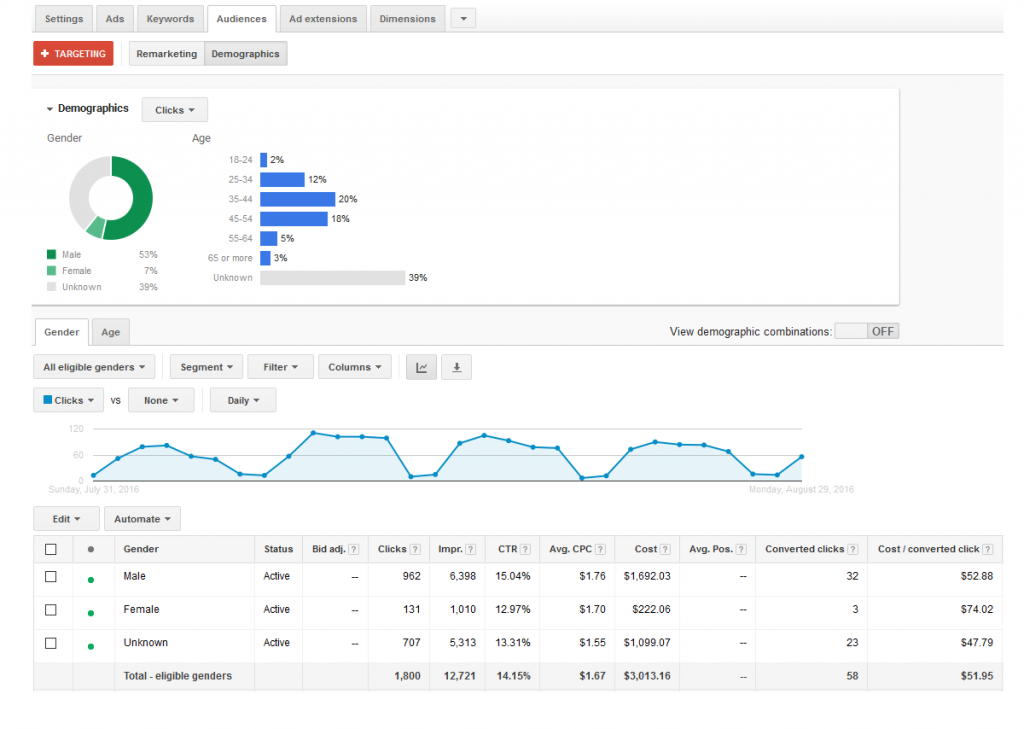
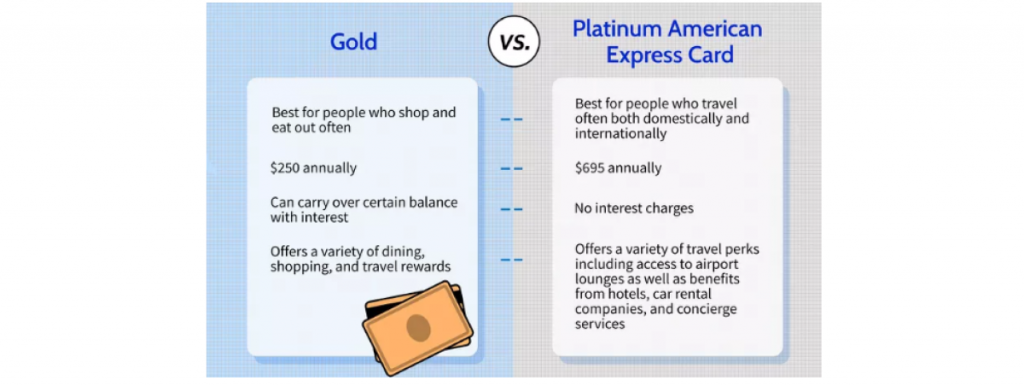
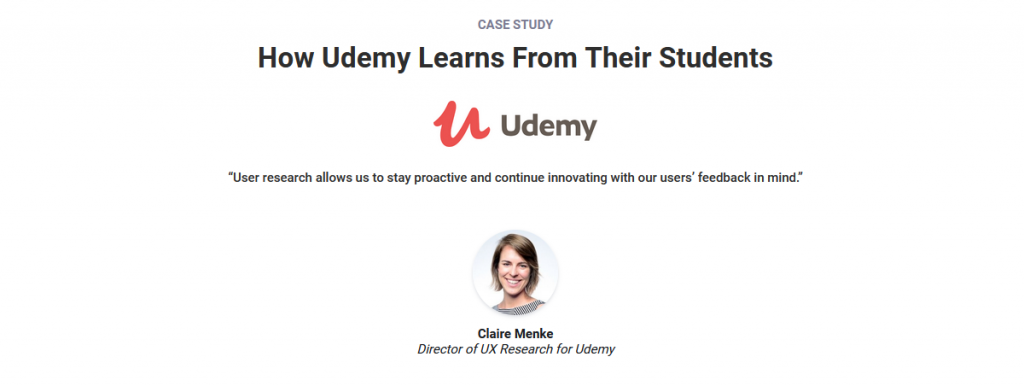
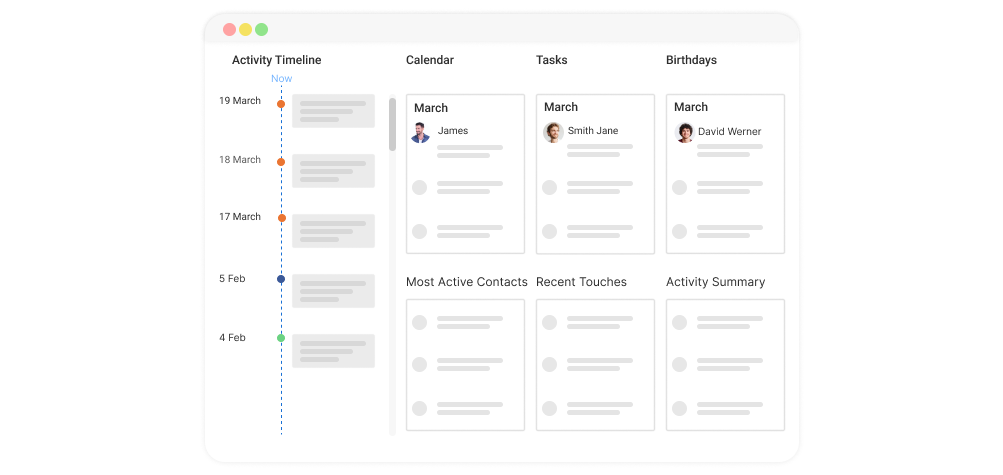
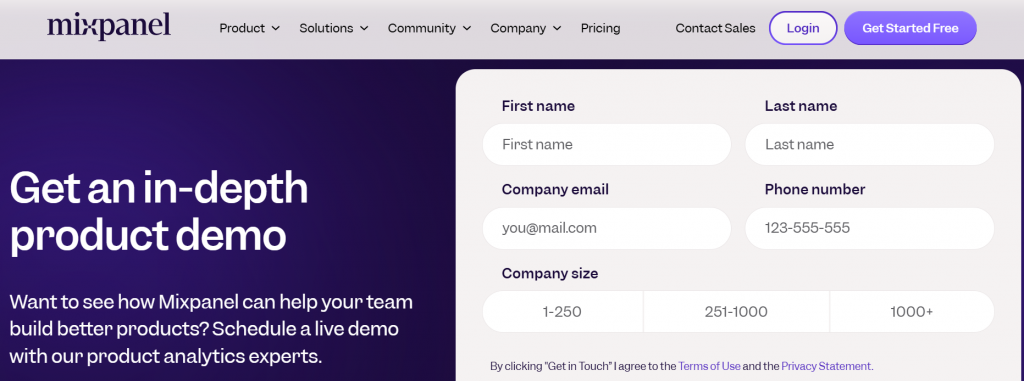
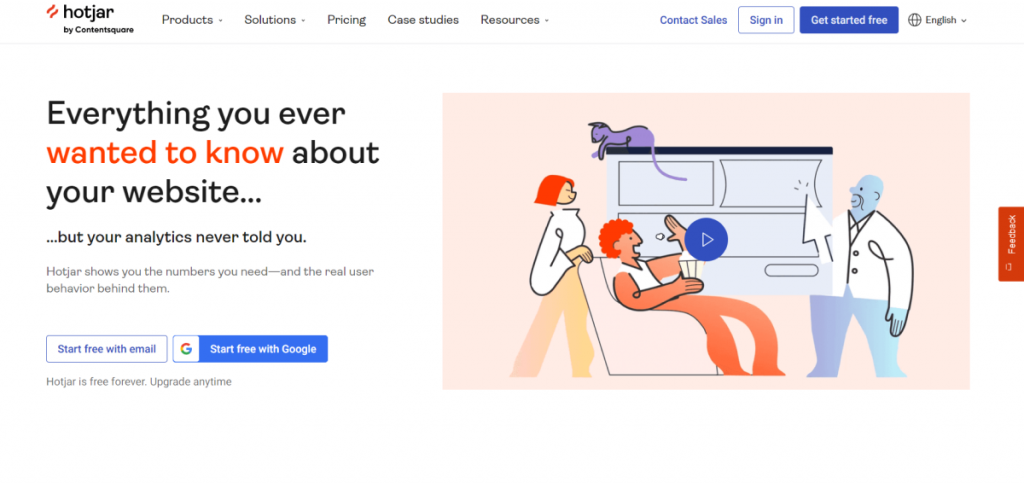
 We'd love your feedback!
We'd love your feedback! Thanks for your feedback!
Thanks for your feedback!

